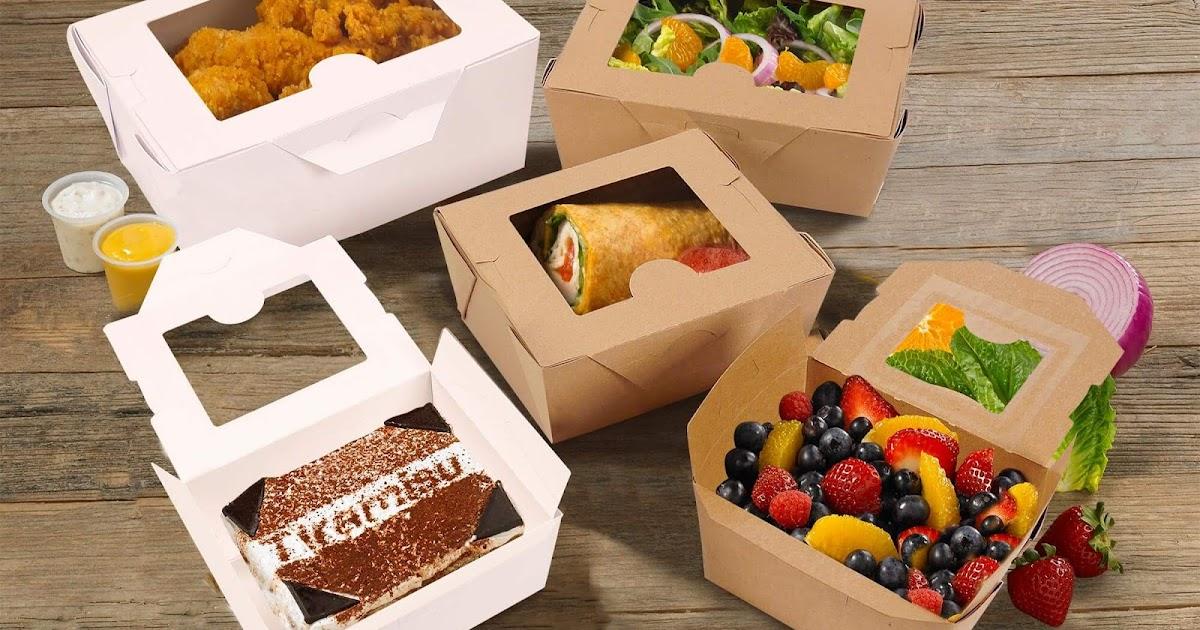Introduction
Over the years, there has been a significant shift from traditional metal cans and jars to retort pouches for food packaging. Retort pouches, also known as retort packaging, have emerged as a popular and innovative form of lightweight, flexible packaging for ready-to-eat meals. With advantages like ease of handling, low material usage and ability to retain food quality and safety, retort pouches have revolutionized the food packaging industry.
What are Retort Pouches?
Retort pouches are plastic stand-up pouches or bags made from specialized laminated film that can withstand high pressure and temperature during commercial sterilization or retort process. The retortable film typically contains layers of plastic like polyester, aluminum foil and heat-sealable polyethylene or polypropylene. During production, the retort pouch is filled with food product, sealed and then commercially sterilized using steam heat under pressure to kill microorganisms and achieve shelf stability. This convenient pre-cooked retort pouch format is ideal for ready meals, soups, sauces, beef jerky and other perishable foods.
Growth of Convenient Foods Drives Demand
The fast-paced modern lifestyle has increased demand for convenient, on-the-go food options which do not need refrigeration. Retort pouches cater perfectly to this need as they allow long shelf life without refrigeration and can be easily stored and consumed anywhere. Their lightweight and compact nature makes retort pouches a favored choice for military, travel and camping food supplies as well. In addition, growing health consciousness is driving demand for healthy ready meals which retort pouches fulfill through fresh, pre-cooked meals. All these factors are majorly contributing to the rise of retort flexible packaging globally.
Advantages over Traditional Packaging Methods
The key advantages of Retort packaging over metal cans, jars and bottles include lower material cost, reduced weight and improved sustainability. Compared to metal packaging, the high heat resistance plastic laminate film requires much lesser raw material. Retort pouches use 30-50% lesser packaging material than cans. Their lightweight nature also slashes down transportation cost and carbon footprint. In addition, retort pouches are easy to use, easy to dispose as they can be recycled and require no tools like can openers for opening. From a consumer point of view, they are very convenient and resealable.
Rising Demand from Food Processors
Food brands and retailers are increasingly adopting retort pouch packaging as it allows extension of product shelf life without any preservatives or artificial ingredients. It helps food processors overcome issues of seasonality and enables year-round supply. Further, retort packaging is suitable for a variety of perishable food items from different cuisines like Indian, Asian etc., providing greater flexibility. It also helps food makers explore global through cost-effective exports of ready meals. All these benefits are attracting more food giants to switch to retort pouches for value-added products.
Key Market Trends
There is high growth potential for retort pouches in pet food segment owing to rising pet humanization and popularity of pouched pet snacks. Areas like toddler food also offer scope given focus on convenient single-serve baby food packs. With evolving consumer demand, use of retort packaging is increasing for vegetables, fruit and protein snacks that earlier used cans. Players are also developing eco-friendly bioplastic laminate films made from renewable resources like corn and sugar cane for retort bags to boost sustainability credentials. Adoption of user-friendly spout pouches is another emerging trend inasethey provide easier dispensing like bottles.
Challenges for Manufacturers
While retort pouches are highly productive solution, their commercialization requires strict compliance to food safety standards. Maintaining film integrity and seal strength after commercial sterilization at high heat is a key production challenge. Moisture absorption can also affect pouch shelf life. Further, retort machines require high initial investment and running costs. Lack of established recycling infrastructure for used retort pouches in some regions is another concern. Manufacturers needs to address these challenges and focus on new film formulations, automated packaging lines and build effective collection programs to sustain long-term growth.
Conclusion
With food retail undergoing vast transformation, retort pouches have emerged as the future of flexible food packaging. Their customer and environment-friendly attributes along with ability to extend shelf life make them ideal vehicle for ready meals industry. Continuous innovations to enhance barrier properties, printing and dispensing capabilities will further fuel retort packaging demand globally. If produced sustainably with minimum carbon footprint, they are poised to largely replace metal and glass containers in future.
For more insights, read- Retort Packaging
Check more trending articles related to this topic: Safety and Security Drones Market
